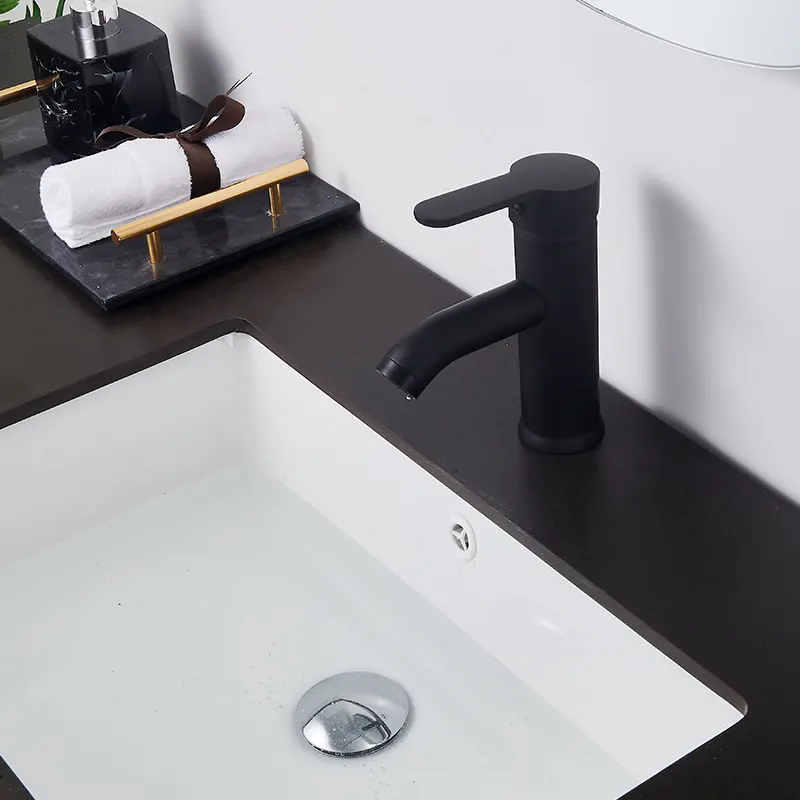What Is a Bathroom Faucet and How Do You Choose the Right One?
2025-07-15
A bathroom faucet is a key fixture that controls the flow and temperature of water in sinks, tubs, or showers. While it may seem like a simple part of your bathroom, a well-designed faucet plays a vital role in both functionality and aesthetic appeal. From washing hands to brushing teeth, it’s a fixture you use multiple times a day—so choosing the right one matters.
What Are the Common Types of Bathroom Faucets?
1. Single-Handle Faucet
Controls hot and cold water with one lever. Ideal for compact spaces and modern designs.
2. Double-Handle Faucet
Features separate handles for hot and cold water. Offers precise temperature control and a more classic look.
3. Wall-Mounted Faucet
Installed on the wall above the sink or tub. Saves counter space and adds a sleek, upscale appearance.
4. Vessel Sink Faucet
Taller faucet designed for bowl-shaped sinks. Usually features a single handle and a high spout.
5. Touchless Faucet
Equipped with motion sensors for hands-free operation. Hygienic and water-saving, often used in modern or commercial bathrooms.

What Materials Are Commonly Used?
Brass: Durable, corrosion-resistant, and ideal for long-term use.
Stainless Steel: Modern look with strong resistance to rust and staining.
Zinc Alloy: Cost-effective and lightweight, often used in budget-friendly options.
Chrome and Nickel Finishes: Add shine and resist tarnishing while offering various design styles.
What Features Should You Look For?
Water-Saving Technology: Look for aerators or WaterSense certification to reduce water usage.
Ceramic Disc Valves: Ensure drip-free performance and long-term reliability.
Easy Installation: Some faucets come with quick-connect fittings and DIY-friendly instructions.
Style and Finish: Choose a design that matches your bathroom décor—modern, traditional, or transitional.
Where Are Bathroom Faucets Used?
Residential Homes: In washbasins, showers, and bathtubs.
Hotels and Resorts: Often opt for stylish, high-end designs for guest comfort.
Commercial Restrooms: Use touchless or durable options for hygiene and heavy use.
Conclusion
A bathroom faucet is more than just a water outlet—it’s a design statement and a daily-use essential. With the right type, material, and features, you can enhance both the style and performance of your bathroom. Whether you’re remodeling or upgrading, investing in a quality faucet ensures comfort, convenience, and long-term satisfaction.


